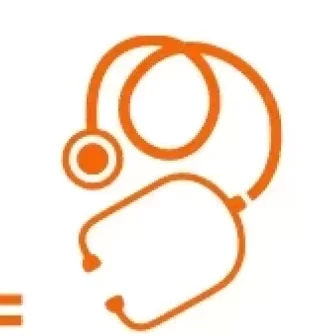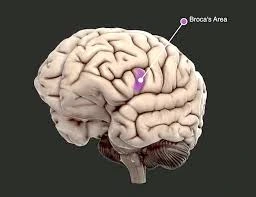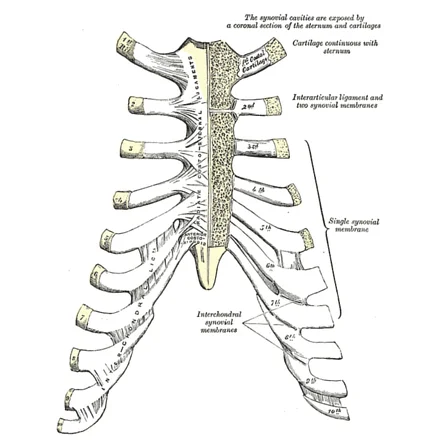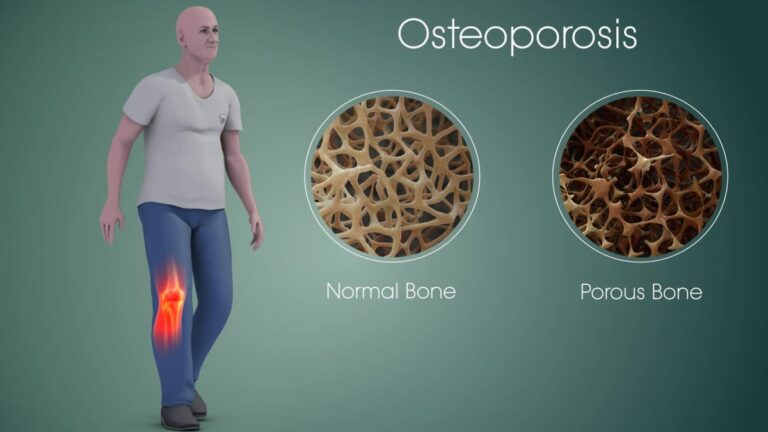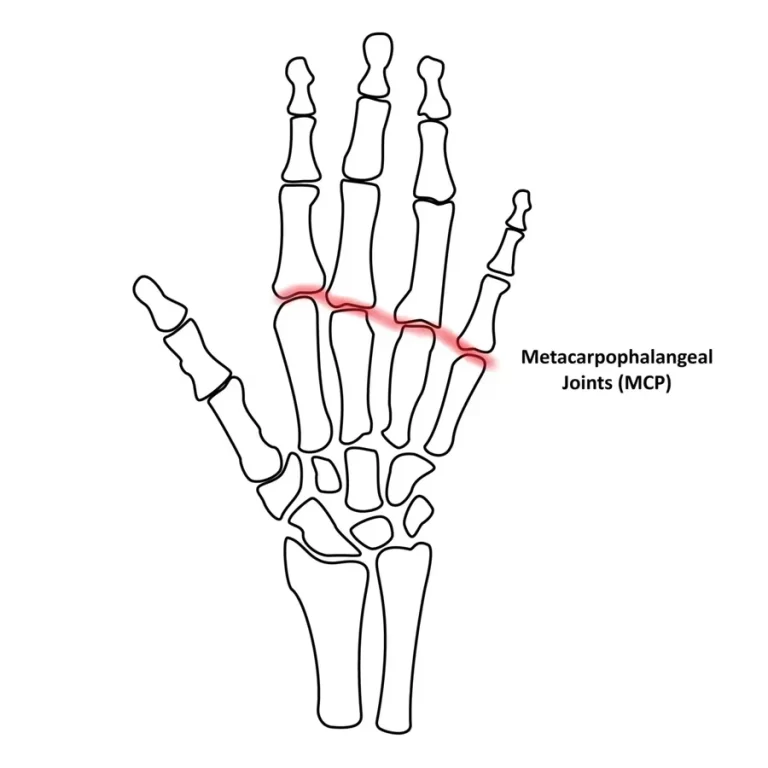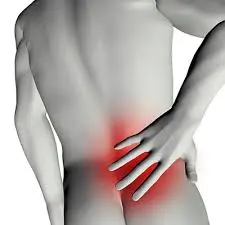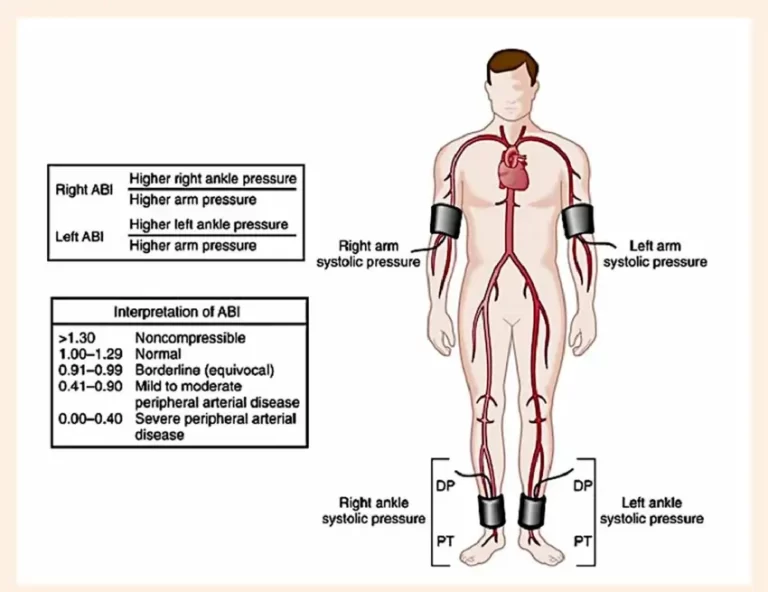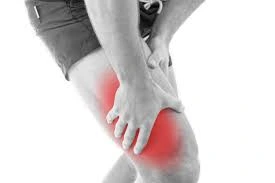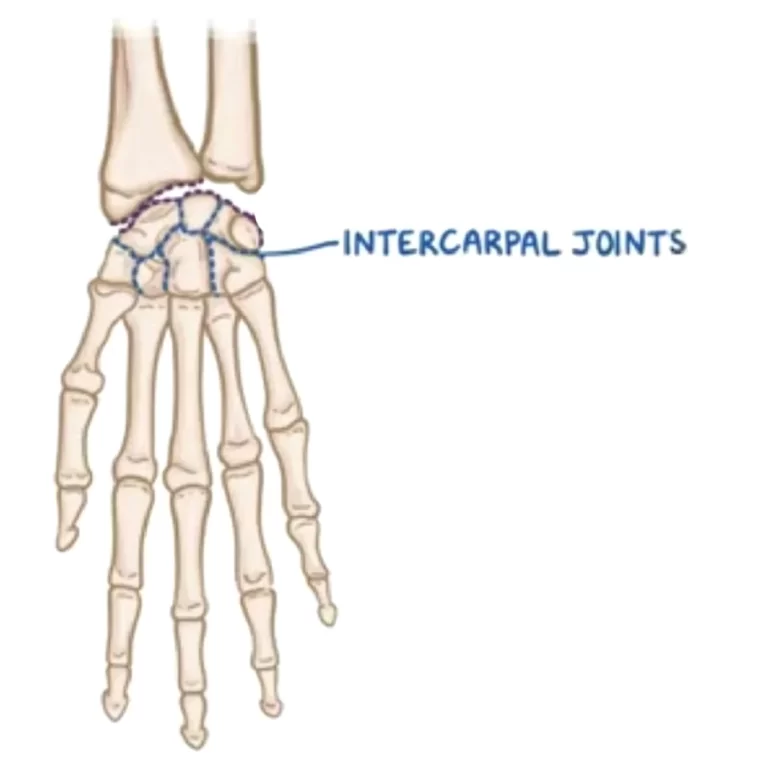Broca’s Aphasia
What is Broca’s Aphasia? Broca’s aphasia, also called non-fluent aphasia, is a language disorder caused by damage to the left frontal lobe, specifically Broca’s area. It affects speech production, making it slow and effortful, while comprehension remains relatively preserved. Individuals with Broca’s aphasia may struggle with forming complete sentences but can often understand spoken and…
